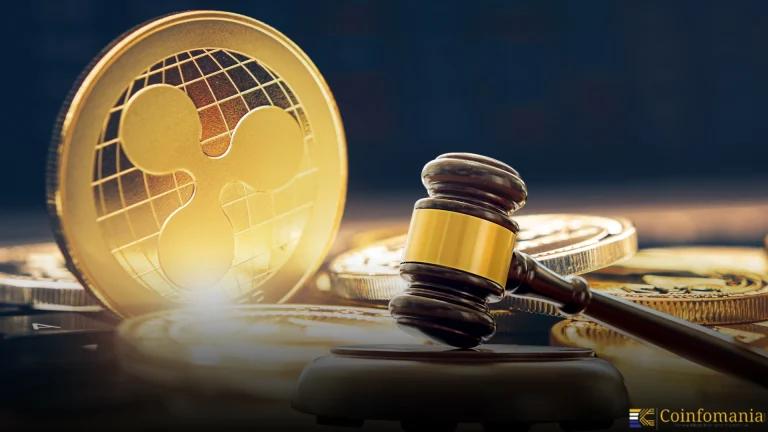Cryptocurrency Regulation in Kyrgyzstan
Kyrgyzstan is already building itself as the most well-regulated cryptocurrency jurisdiction in Central Asia. The Law on Virtual Assets is operational from the middle of 2022, and it provides clear rules to everyone interested in exchanging, mining, or issuing digital coins. Companies which will meet the standards may open their doors within weeks and the […]

Kyrgyzstan is already building itself as the most well-regulated cryptocurrency jurisdiction in Central Asia. The Law on Virtual Assets is operational from the middle of 2022, and it provides clear rules to everyone interested in exchanging, mining, or issuing digital coins. Companies which will meet the standards may open their doors within weeks and the bad or faceless operators may be out of business within no time.
A steep capital floor and strict anti-money-laundering (AML) checks aim to welcome serious investors while keeping scams out.
Historical Context
The National Bank first warned citizens about Bitcoin’s risks in 2014. By 2018 its governor admitted a ban was “almost impossible” because the bank does not issue cryptocurrencies. Lawmakers then moved from caution to competition, drafting clear rules to rival neighboring Kazakhstan’s fast-growing crypto scene.
The 2022 law formalised licensing and pushed out hundreds of shell companies that had slipped in under looser rules.
Regulatory Framework
- Supervisors. Licenses are issued by the Agency for the Development of Information Technologies and Communications (ADITC); the State Service for Financial-Market Supervision implements the anti-money-laundering (AML) regulations.
- Three license types. Trading operator (full exchange), currency exchanger, and mining operator—all must pass annual audits and file AML reports.
- Capital floors. An exchange must keep 10 billion KGS (≈ US$114 million) in a Kyrgyz bank; an exchanger needs 40 million KGS (≈ US$460,000).
- Travel Rule. VASPs must attach sender and receiver data to every transfer over 85,000 KGS (≈ US$1,000).
Kyrgyzstan’s Crypto Policies
Citizens and companies may own or trade any cryptocurrency, but only the paper som is legal tender—crypto cannot settle everyday bills. Exchanges that serve local users must be licensed in Kyrgyzstan; foreign platforms without a domestic permit risk blocking orders.
Mining remains legal and popular because of abundant hydropower that keeps electricity cheap; large farms, however, must register as “mining operators,” pay a 10% power tax, and show safe grid connections.
Crypto Innovation Approach
In April 2025 President Sadyr Japarov signed amendments that give the upcoming digital som the same legal status as cash. The National Bank will test this central bank digital currency on a closed platform during 2025 and publish results before deciding on a full launch by late 2026.
Kyrgyzstan has also employed Binance founder Changpeng Zhao (CZ) as a block chain adviser. CZ will assist in policy design, training program construction, and technical standards proposal of a national crypto reserve in a memorandum with the National Investment Agency.
Challenges and Issues
- High entry cost. A 10 billion KGS capital floor shuts out most start-ups and favors big international exchanges.
- Bank hesitancy. Local banks still treat new crypto firms as high risk, forcing some businesses to rely on slower payment processors.
- Rules keep changing. New reports for OTC trades and derivatives become mandatory in September 2025, so compliance teams must update systems quickly.
- Infrastructure gaps. Ageing Soviet-era dams supply cheap power but need upgrades to handle large mining loads safely.
Key Trends and Prospects
The government confirms that the 10 billion KGS capital rule will remain, claiming it improves investor trust. More than 120 licensed VASPs were active by late 2024, and turnover is rising as regional traders seek regulated venues.
Officials hope the digital som pilot and CZ’s expertise will strengthen Kyrgyzstan’s profile and draw in further foreign direct investment, especially for mining projects linked to new hydropower plants.
Conclusion
Kyrgyzstan is a combination of open doors and strict control. The country is appealing to well-financed crypto projects due to an easy licensing process, cheap renewable energy, and a state-sponsored digital currency. Worrying capital requirements, the reluctance of the banks, and constant changes in the rules promise to allow only those players with good capital and who work hard to succeed.
FAQs
1. Is cryptocurrency legal tender in Kyrgyzstan?
No. Only the paper som—and the pilot digital som—have that status.
2. Do exchanges need a local licence?
Yes. Every platform serving Kyrgyz users must hold an ADITC trading-operator licence.
3. What is the minimum capital for a licensed exchange?
An exchange must maintain 10 billion KGS in a Kyrgyz bank at all times. This rule takes full effect on 1 January 2026.
4. Are mining farms legal?
They are legal and popular due to cheap hydropower. Large farms must register, pay a 10 percent power tax, and meet safety checks.
5. How does the Travel Rule apply?
VASPs must include sender and receiver details on transfers above 85 000 KGS. The rule matches FATF guidance for transparency.
6. Can unlicensed foreign exchanges operate?
No. Regulators can block or fine any platform without a domestic permit.
7. When will the digital som launch nationwide?
Pilot tests start in 2025. A final rollout decision is expected by late 2026.
8. Does Kyrgyzstan tax crypto gains?
Yes. Profits are taxed as ordinary income, while miners pay standard business taxes plus the power levy.
9. Who checks AML compliance?
The State Service for Financial-Market Supervision audits reports and can freeze suspicious accounts. ADITC oversees licensing.
10. Where can I verify a licence?
The ADITC publishes an updated list of licensed VASPs on its official website. Investors should consult this list before using a service.
Follow us on Google News
Get the latest crypto insights and updates.
Related Posts

Ripple Highlights Custody as Key to $18.9T Tokenized Assets by 2033
Shweta Chakrawarty
Author

Hong Kong SFC Issues New Custody Rules for Crypto Platforms
Shweta Chakrawarty
Author

South Korea and Vietnam eye $150B trade despite Trump tariff
Shweta Chakrawarty
Author